You might also be interested

As with all self-respecting traditions, the Emilian Easter game, once very popular in the Ferrara area, has more than one name in the region. However, here in Ferrara, the real name of the egg challenge is scuzzét, obviously in dialect.
Because of its obvious assonance with the word 'coccio' (crock), you might have already guessed that the elimination contest of many names is based on breaking the opponent's egg, but how?
With what? And what kind of egg?
Let's take a detailed look at the procedure so that you can train ahead of Easter Monday, the day set aside for the tournament, and easily get hooked on the tradition.
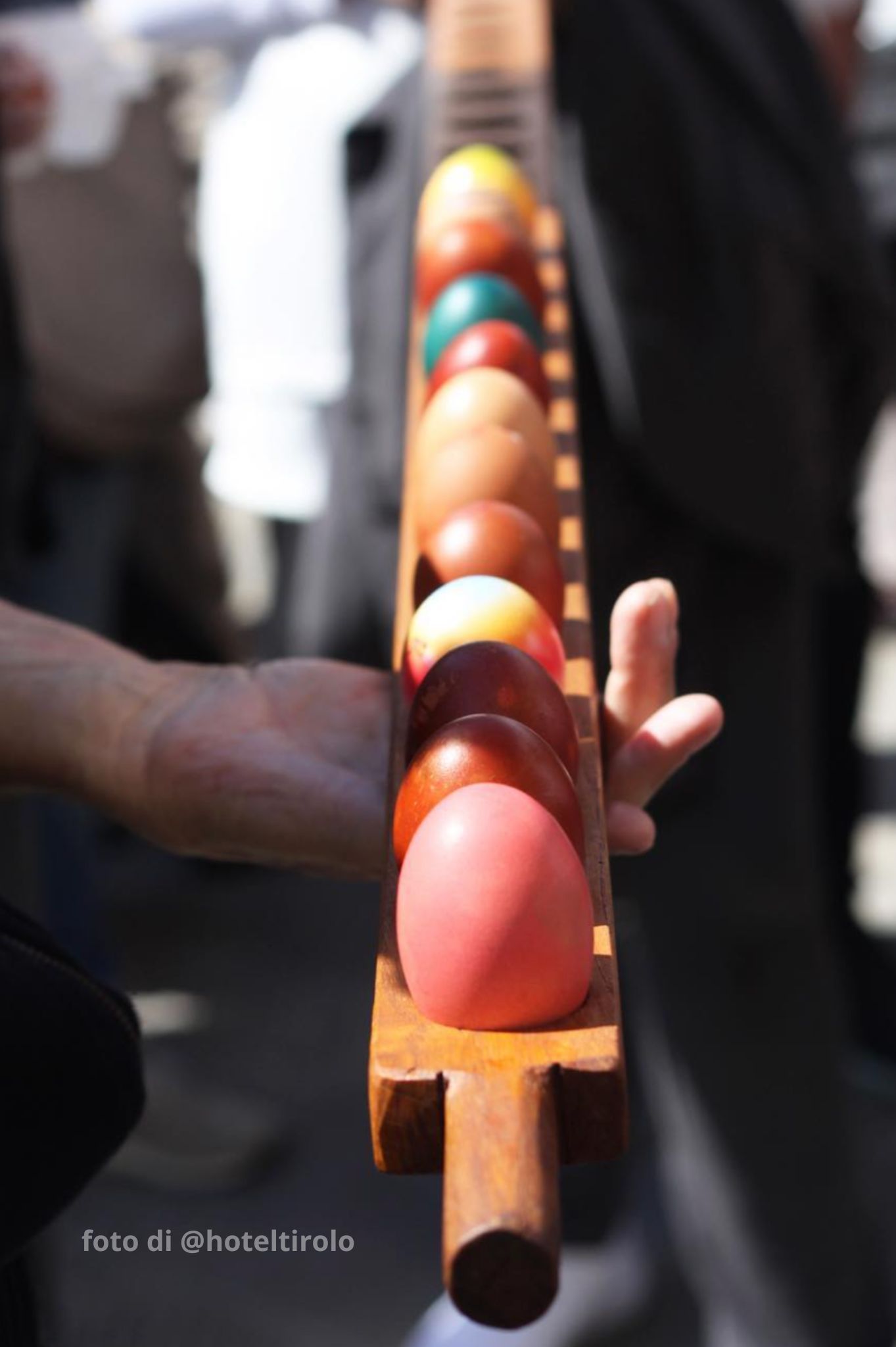
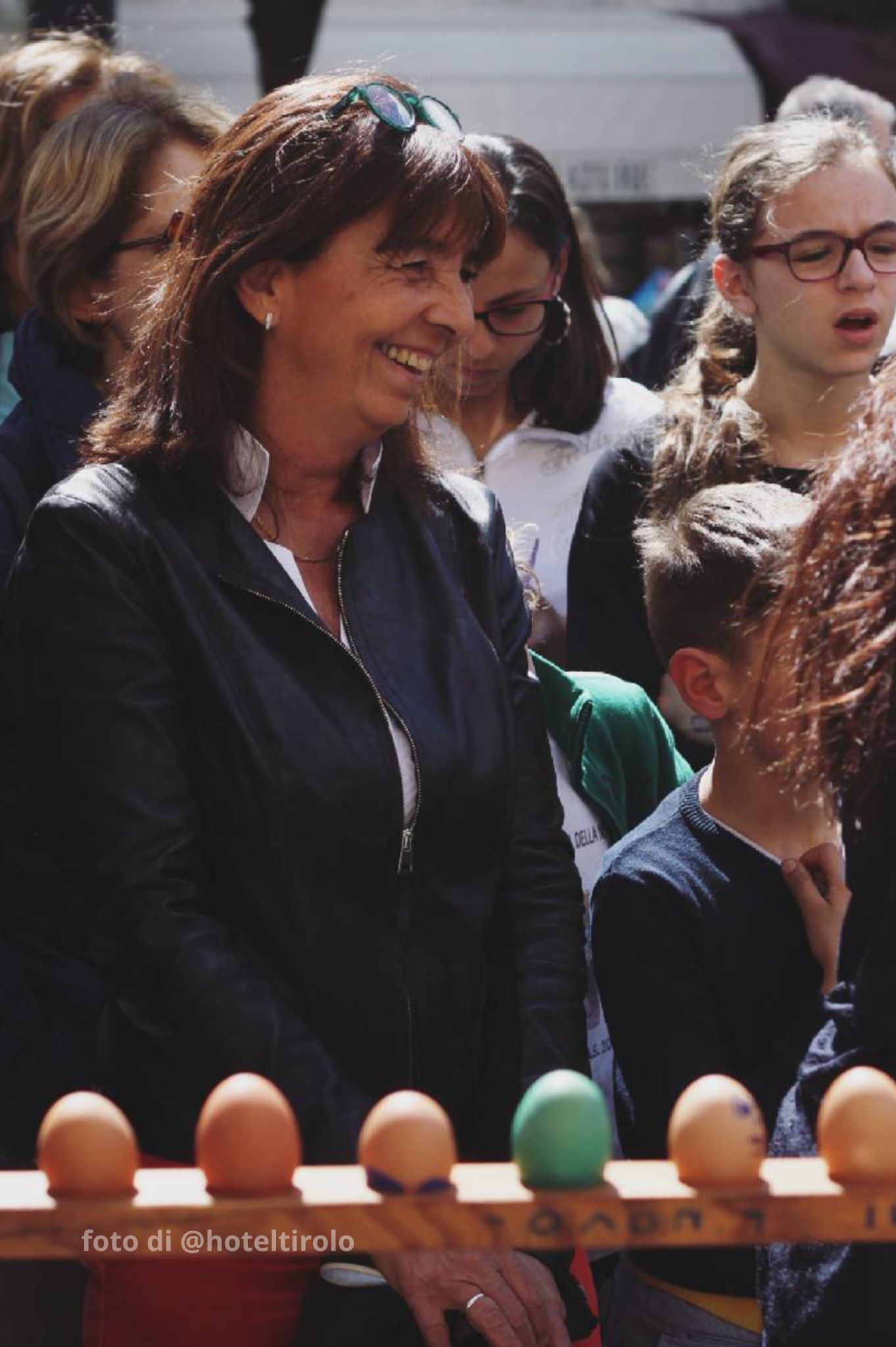
Coccino, coccetto o scoccetto?
First of all, the eggs in question are classic chicken eggs that must be boiled beforehand; some people like to give vent to their creativity by dyeing the eggs with natural (or otherwise...) dyes in order to present themselves to the challenger in full splendor. Take note: some attempt a shortcut to victory by using guinea fowl eggs, which have a tougher skin; if you have any doubts, don't hesitate to ask for specific checks! The game is played in earnest here.
How many eggs are we going to boil? The amount of stock eggs allowed is variable; each tournament has its own rule.
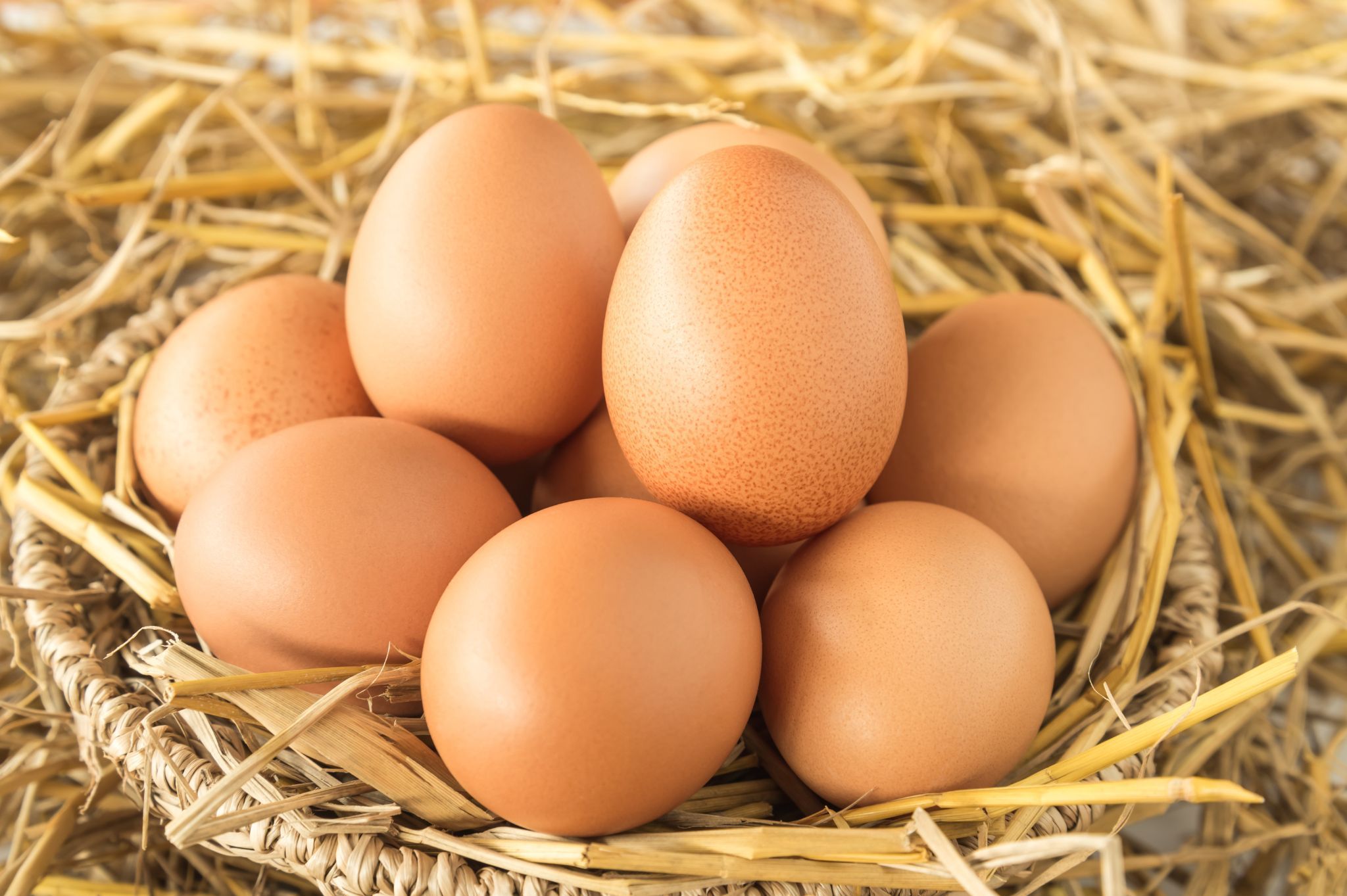
Using our arsenal, we will stand before our opponent on Easter Monday, affectionately known as Easter Monday, for the odd and even. It will be the even one who first beats the egg on the challenger's egg, and the latter will respond later. The beaten egg must be held still by the player, who can uncover the shell in the slightest... if he is willing to take a few hits on his own hand! The tip, the thinnest part of the egg, is the first battleground. From there you will move on to the belly and then to the lower end. Players in the first round may challenge others, but it is important that the opposing eggs are in the same state of decay: broken tip must be matched by broken tip, tip and belly by tip and belly, and so on.
The won egg is 'cashed in' by the winner who will take it and put it in his pocket, in his sack, towards new challenges.
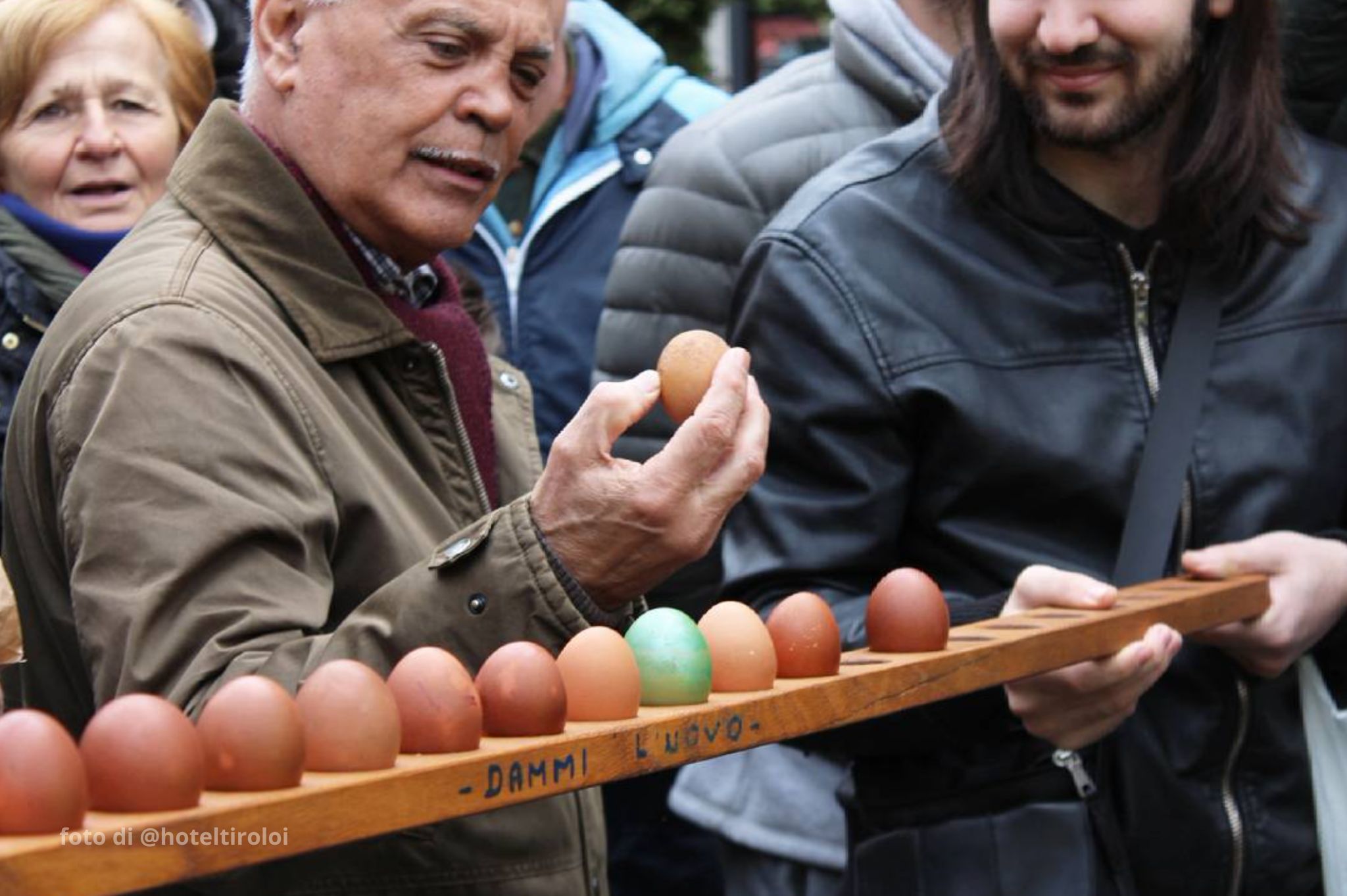
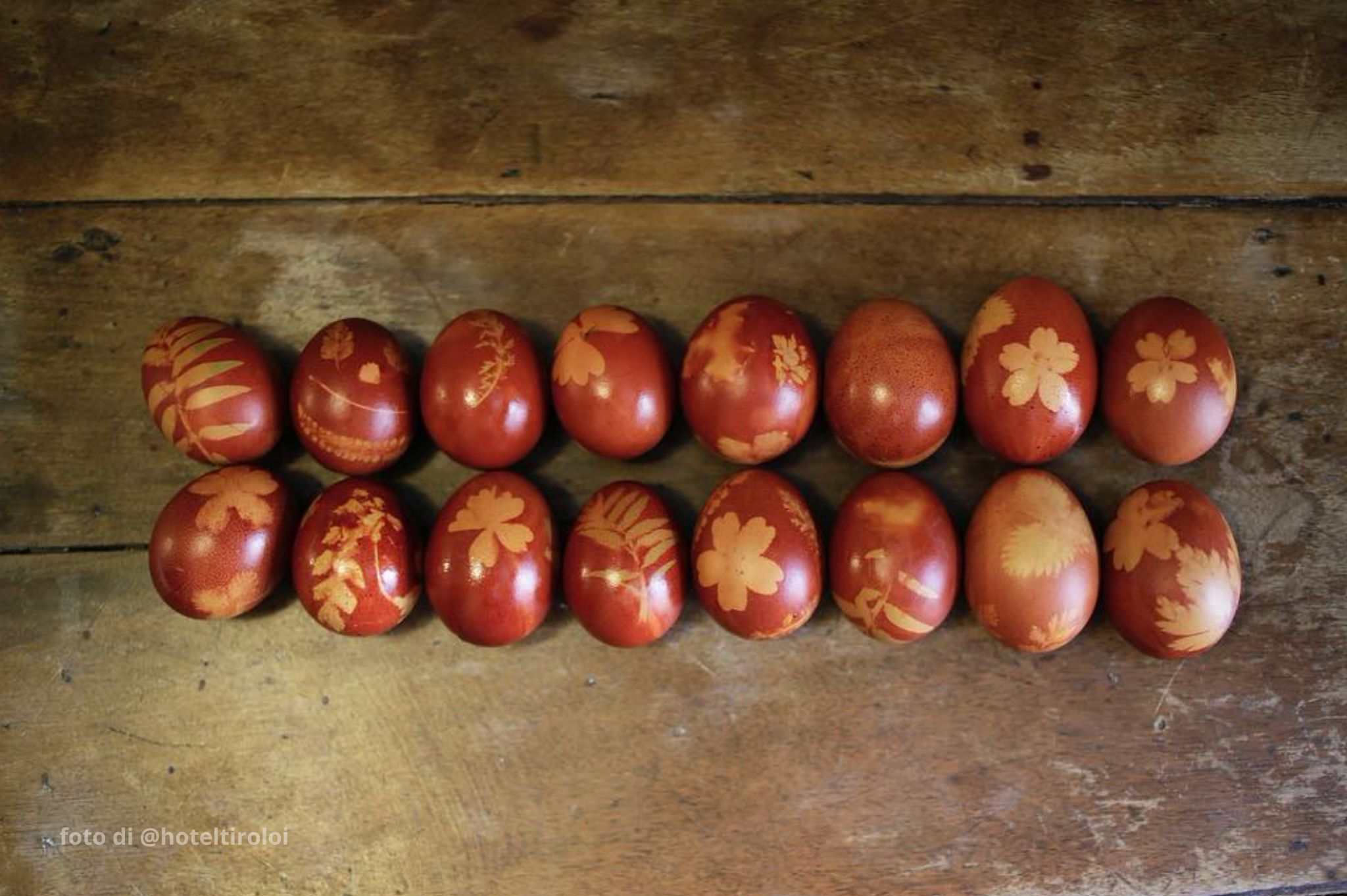
However, in some villages of the Apennines in Emilia, the game is played in the piazza by placing the eggs on a long wooden stick, the row: there it is the master of ceremonies who decides who will take the eggs first and from which end of the pierced stick, to challenge each other in a game of shard.
In our countryside, on the other hand, it was customary to play in the family, almost jeopardizing the relaxing Easter Monday lunch, and sometimes even family relationships.
Creativity, however, was never lacking in our area either, in view of the challenge to the last egg: small oval masterpieces in the most varied colours were carefully prepared over the Easter weekend. Onion skins, spinach and red turnips were the most sought-after natural colourings. Some even dared to make floral decorations, even hand-painted with small brushes. Truly a shame to see these small works of art destroyed under the hands of the opponent!
Today, this tradition has been lost and few people remember the terrible egg challenges, but Pasquetta always calls for conviviality and sharing: there are many people in Ferrara who like to organize outdoor barbecues and an inviting smell spreads throughout the city.

